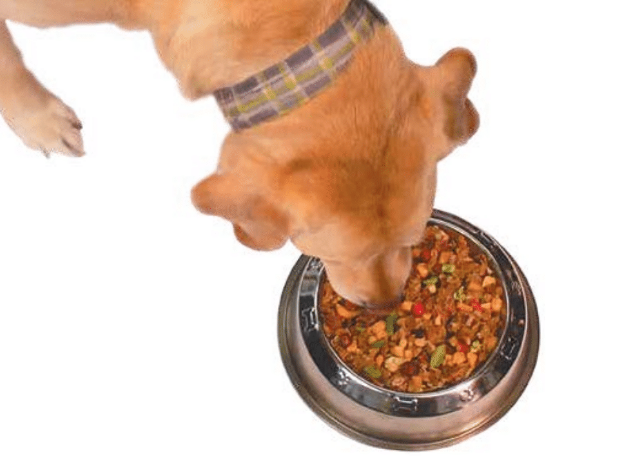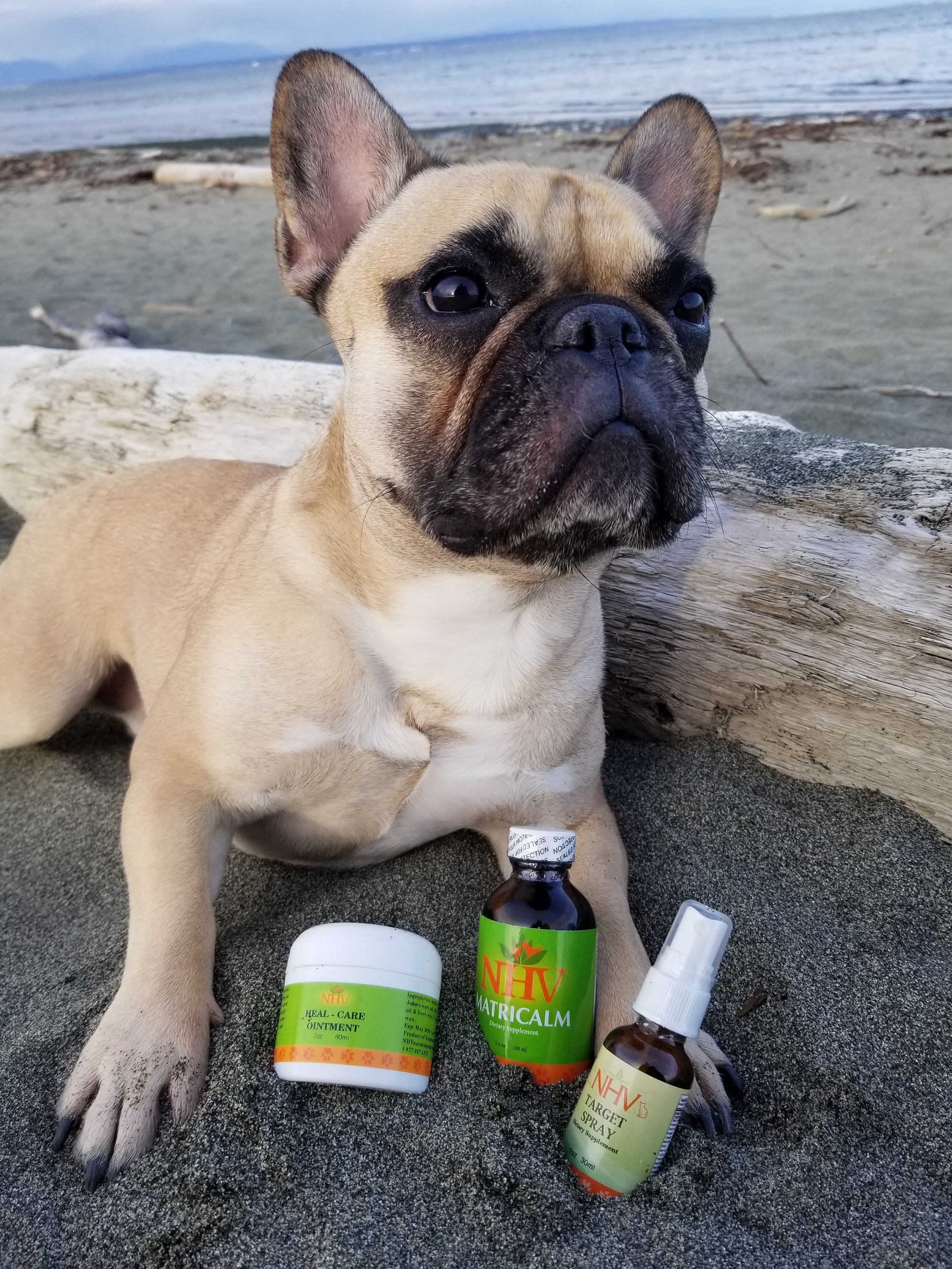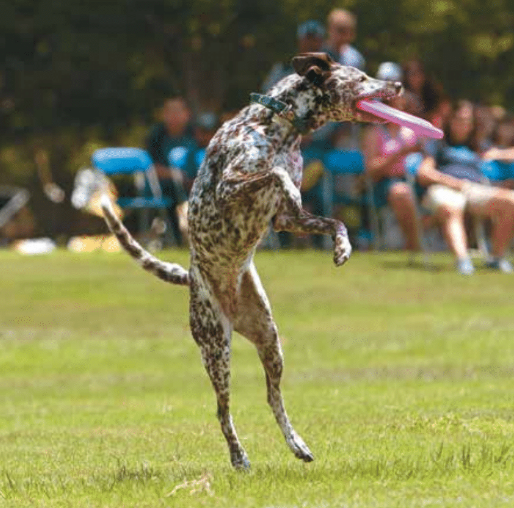Frozen, Freeze-Dried Pet Food Sees Continued Growth
Pet Age Staff //August 13, 2018//
By Eric Stenson
The frozen and freeze-dried pet food and treats area is described as having significant growth by Global Market Insights, a global market research and management consulting company. Pet health awareness is a major driving force in this, according to Global Market Insight’s website, as these products feature long shelf life without the loss of essential nutrients.
Bravo Pet Foods of Manchester, Connecticut, features freeze-dried and frozen natural formulas for cats and dogs. Frozen raw diets for dogs include Bravo Boneless, for pet owners who only want raw proteins and want to customize feeding themselves; Bravo Basics, a medley of meat, bone and organ meat as a launching point for customization; Bravo Blends, which is a four-part, limited ingredient formula to which owners can add supplements; and Bravo Balance, which are complete and balanced meals. Cats can enjoy the Basics, Boneless and Blends formulations targeted for felines.
Freeze-dried raw options include beef, turkey or pork dinners for dogs, as well as dry-roasted or freeze-dried treats for dogs consisting of duck feet, bison liver, chicken breast, salmon, or turkey hearts.
“One of the basic premises of a Bravo frozen raw diet is to return cats and dogs to a more natural, ancestral diet,” said Melinda Miller, Bravo’s CEO. “We are providing them with what they need from a nutritional standpoint—a simple four-ingredient formula, a single protein source (which includes meat, bone, and organs) and three vegetables—without any of the things they don’t need, including grains, fillers, low-grade meal, artificial preservatives and flavorings.”
Miller reinforces that there is a difference between freeze-dried and dehydrated products.
“Dehydration is a heat process and does use temperatures that are defined as cooked. Freeze-drying is not a cooking process,” she said. “The consumers can see our meats, organs, cranberries, green beans and sweet potatoes. There are no ground-together mystery ingredients.”
Tucker’s Raw Frozen and Treats features raw diets composed of chicken and pumpkin; beef and pumpkin; turkey and pumpkin; salmon and pumpkin; pork and pumpkin mixes with beef, duck, lamb or bison; and Turf and Surf, which is beef and salmon. The company, with facilities in Pleasant Prairie and St. Francis, Wisconsin, also produces raw and dehydrated bones; Carnibars, which are dehydrated meals on the go; and a line of treats including Barkin’ Blends, which are freeze-dried.
“A lot of people turn to raw frozen because their dogs have certain allergies, or are finicky,” said Jeff Kalish, president of Tucker’s. “A lot of these people turned to raw five or 10 years ago, looking to resolve problems through nutrition. Dogs are hard-wired to be carnivores, and we have seen thousands and thousands have thrived.”
Tucker’s celebrates its 10th anniversary in 2019 and has been producing bones and treats for the past six years.
“With our dehydrated and raw frozen bones, we vacuum seal them for stability in a freezer environment, like lobster tails, so they don’t get ice crystals or freezer burn,” he said.
My Perfect Pet of Poway, California, features a line of “gently cooked” frozen meals.
“‘Gently cooked’ describes a method of using low heat to cook meat and poultry to desired temperatures,” said Karen Neola, My Perfect Pet’s “pack lead” and founder. “We bake all meat, poultry and fish to the minimum FDA temperatures recommended for food safety, which are significantly lower than those used in rendering, canning or extrusion processes, to ensure food safety for all family members.”
Neola says her company’s techniques help it carve out a distinct niche in the natural frozen marketplace.
“Because the meats and poultry are gently but fully cooked, our food bars may be stored in the refrigerator for up to three days after being thawed,” she said. “This also makes our food bars much safer for travel since they can be stored in a cooler.”
Entering the Sector
For retailers interested in expanding their presence in this marketplace, Neola suggests offering samples touted as enhancements to dry or canned feeding.
“Offering a frozen sample to customers purchasing dry or canned gives them the chance to try our frozen food as an alternative to other toppers, and frozen food brings them back to the store more often,” she said.
A new entrant to the dehydrated treat market is Sabrini’s Royal Treats, which features salmon, salmon and sweet potato, salmon and herring, and chicken. Susan Traub, owner and founder of Royal Animals in New York City, considered this a natural progression for her company, which provides apparel and accessories for dogs. A portion of proceeds is contributed to fight canine cancer.
“Sabrini’s Royal Treats are made from fish or chicken using the age-old process of drying over time, dehydrating to maintain nutritional value, and then heating above critical temperature to assure maximum quality,” she said.
She unveiled her line of treats, which are made in Canada, at Global Pet Expo in March. She cites the advantages of dehydrated natural treats in that they are portable, have a long shelf life and don’t require refrigeration.
“They are easy to break apart and suitable for training or snacks,” she said. “Additionally, our packaging is resealable, allowing our treats to stay fresh longer.”
From a retailer perspective, Katie Morton, replenishment manager for Only Natural Pet in Boulder, Colorado, sees a steady increase in the natural frozen, dehydrated and freeze-dried market. Brands her store carries include Stella and Chewy’s, Primal Pet Foods, Smallbatch and Nature’s Variety.
“I definitely see it get better every year, but we still sell a lot of kibble,” she said. “We try to have that conversation about raw and freeze-dried. It’s about having that conversation with people—they don’t know the benefits of it. Even though you’re spending more on raw, you have a healthier pet and wind up spending less on vet bills.”



















